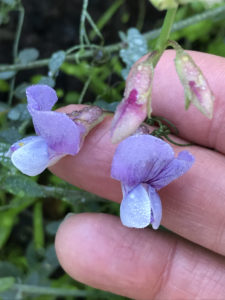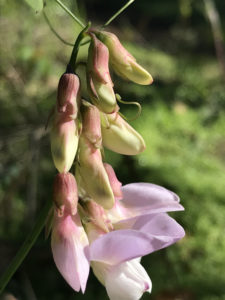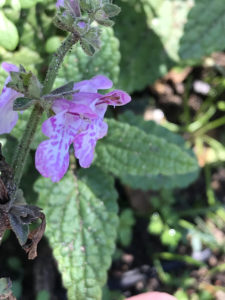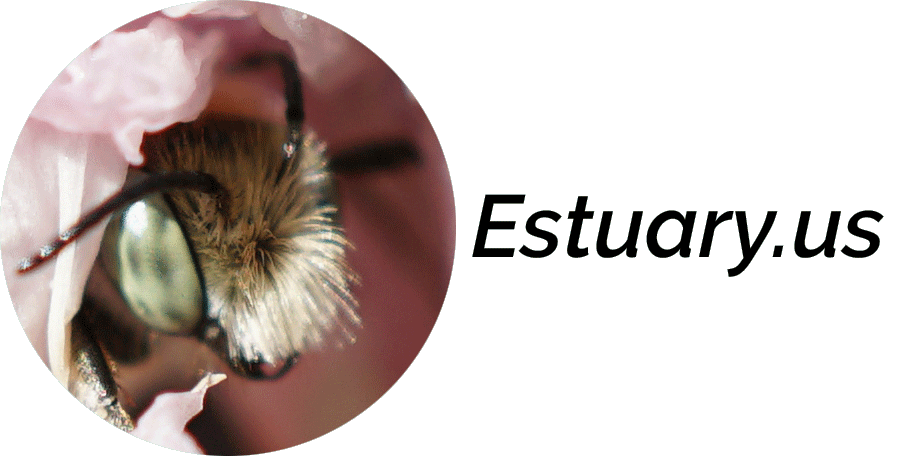Etz Meloy is one of my favorite trails, but I decided to hike Backbone in the opposite direction yesterday. I followed the trail until it came to an intersection with the Zuma Ridge trail, then continued on Zuma Ridge up to Buzzard’s Roost, then turned back and retraced my steps. Just after I started walking, I encountered at least one signpost promising “Agony.” Agony turned out to be a short and steep side-trail connected on both ends to the Backbone trail. I followed it on the way out but passed it by on the return.

The trail wound down to a canyon floor. Because there have been some good bouts of rain this winter, a stream was flowing at the bottom of the canyon. Wafts of moist air rose from below as I descended. In the sun the drifts of air were warm, in the shade they were cool. Humidity was a mild constant. When I reached the canyon floor and started walking through a green world, isolation’s gravity took hold. I was surrounded by living things. Isolated from whom? From what?
Here were leaves and trees, shrubs full of energy, reaching up and through their (blackened by the Woolsey Fire) former iterations. Here were ancient boulders and rocks, the pebbles and sand below my feet and what I could see of the sky, above the canopy. I listened to the stream, to the birds, to other, unidentifiable sounds.

Pacific Pea, Lathyrus vestitus
A popular food source for a number of butterfly species, the Pacific Pea is a perennial herb that is native to western North America and is concentrated near the coast, although it appears to exist further inland that the California Hedge Nettle described below. There are subspecies associated with this vine. Subspecies identification is a level of classification, ongoing discussion and reclassification best left to the botanists, so even though the vine I saw may be Lathyrus vestitus, var. vestitus, I am leaving off the subspecies portion: “var. vestitus.”
Of the two plants I photographed, the flower hues varied. Open flowers on one vine were closer to blue while the second vine’s flowers contained more red. Sweet Pea bloom time begins in March, except when favorable local conditions encourage some flowers to bloom in January.

California Hedge Nettle, Stachys bullata
Calflora has the bloom time starting in April, but, like its Sweet Pea neighbors, this single representative (that I observed, for there may have been others nearby) decided to bloom early. The California Hedge Nettle is a perennial herb that is endemic to California. The habitat where I found it provides a good idea of its preferred conditions, near the coast, forest, filtered sun, moisture, sand and clay. Butterflies and hummingbirds feed on the nectar. The common name is a misnomer: The California Hedge Nettle does not form a hedge and it does not sting like true nettles.

